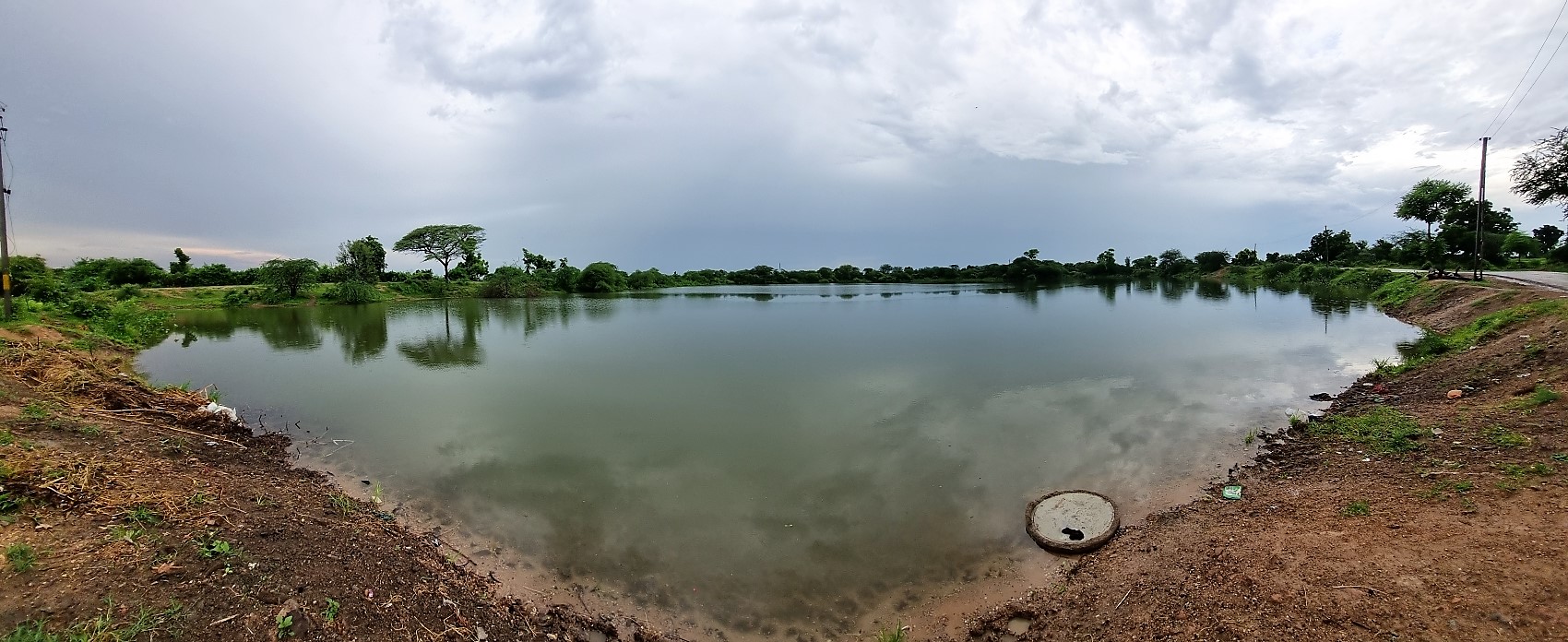Participatory Water Management - Gearing up to mitigate the looming water crisis
In the year 2015 VSSM initiated Participatory Water Management campaign from the village of Vadia and went on to extend it in some severely water challenged villages of Banaskantha district. The initiative aims to increase water sufficiency by desilting and deepening the village lakes in Banaskantha. Once the lakes are able to capture and hold more rain water, the ground water tables will improve over time. Just like Kutchh, the Banaskantha region of Gujarat has always received scanty rainfall. In this drought prone region potable water has always been a precious commodity. However, the water situation in Banaskantha has never been as bad as it is today. While very little water falls from the sky the water in the earth’s belly is exhausting at an alarming speed. The mindless exploitation of ground water has created unprecedented water crisis, potable water that was once available at 40 – 50 feet can now be reached at 1000-1200 feet.
Banaskantha is the region with high concentration of families from nomadic communities. The region has strong caste dynamics as well. The upper caste communities seldom allow the nomads and other marginalized communities access the common property resources. After years of dialogue, confrontation and pressure the list of our pending requests and applications in the various government departments has only kept growing. Whilst the village communities remained adamant, VSSM decided to change its strategy and approach. It made plans to work on the single most pressing issue in the region i.e. water. The Participatory Water Management initiative was introduced with a hope to recharge and revive the ground water levels in the region and also to establish a dialogue with the economically and socially privileged communities in this region for whom water is a resource they need easy access to.
The entire initiative is carried out with equal participation from the village community. VSSM has walked out of the villages that have refused to comply to the required commitment.

Achievements
The direct impact of these efforts will be realised gradually, but the collateral impact is already being experienced with the villagers and community leaders growing sensitive towards the needs of the marginalised communities in their respective villages, a few examples of the changing attitudes are –
- The community of Raviyana village showed preparedness and initiated the process of providing land to 30-40 nomadic families living in the village.
- Similarly, in the Dalit families of Shirwada village were allotted the same land they had been staying on for years.
- In most villages the socially backward communities reside towards the lower grounds of village periphery. These areas flood during monsoons. In many villages we worked for water management, the local leadership ordered the levelling of land from the mud excavated from the lakes.
- The community of Muthetha village resisted allotting land rights to 40 Raval, Devipujak and Meer families in their village. However, this attitude changed after we deepened 2 lakes in Muthetha. The villagers have now provided their approval for land allotment to these families.




